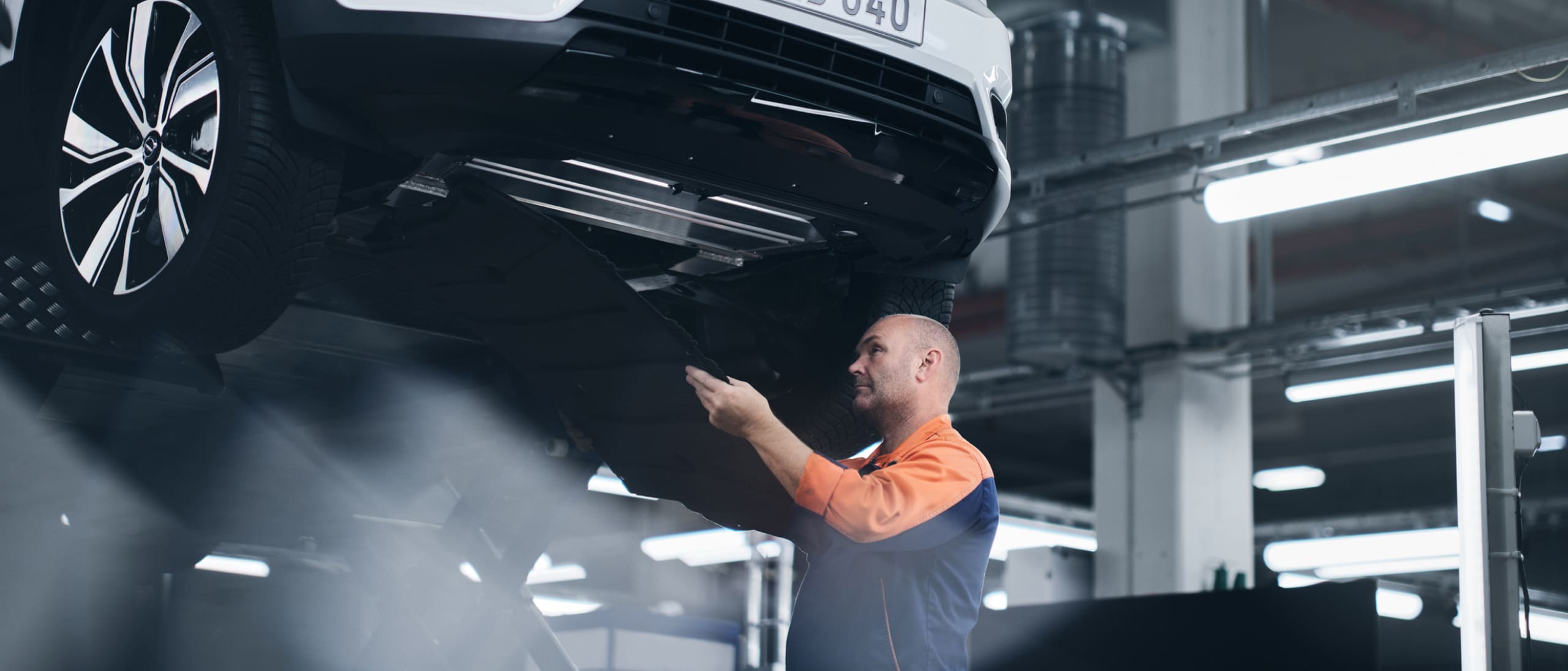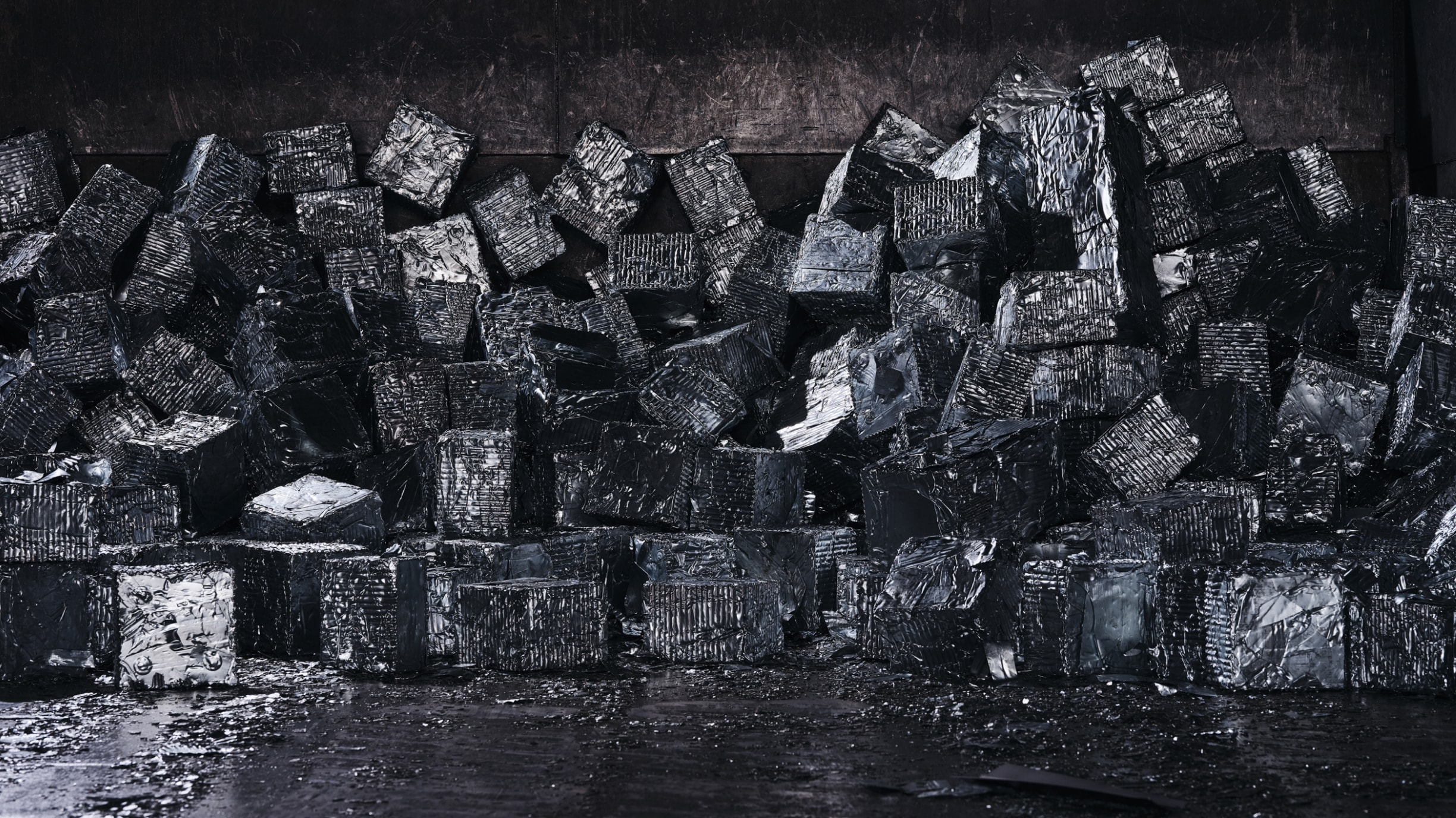Sustainability
The world's natural resources are limited. So we're aiming towards becoming a circular business by 2040 – minimising our use of primary resources. We're focused on eliminating waste and pollution, making greater use of recycled material, and remanufacturing and reusing parts.


“If we are to reach our goals, we need to embrace the circular economy.”
Vanessa Butani, Head of Sustainability
A circular Volvo Cars?
Aiming towards circularity by 2040 means we need to act now. And becoming more circular is both good for the planet and our business and means generating more circular revenue to support the decoupling of revenue and primary resource use. We've already begun by mapping out how, by 2025, we can save costs of SEK 1 billion through circular initiatives. And there's a lot more to come. Watch this film to see what circular means for our future.
Design for circularity
Most companies (and people) still participate in a linear economy – you take raw material, make a product, use it, and in the end, throw it out as waste. A circular economy maximizes resources by designing products for durability, reuse and recycling.
From the start, we’re considering a vehicle’s entire life cycle and how to maximize the value delivered throughout that time. When that’s over, the dissasembly and recycling process can provide high quality and quantity raw materials.

Circular business
The foundations of our circularity ambitions are minimising primary resource use, eliminating waste and pollution, and generating more circular revenue.
Circular economy 2030 ambitions
99%
of all waste either reused or recycled
50%
average per-car reduction in water use in own operations
35%
recycled content in new car models

More remanufacturing
Compared to producing new parts, remanufactured parts use around 85 percent less raw material and 80 percent less energy. We currently remanufacture different component groups, including engines, gearboxes, turbo compressors and clutches. In 2022 we saved over 4,800 tonnes of CO2 by remanufacturing over 33,000 parts.

Less production waste
In 2022, 94 per cent of our global production waste was recycled – so we avoided creating additional carbon emissions and were able to keep valuable material in circulation. By 2030, we're aiming for at least 99 per cent of all our waste to be either reused or recycled.
Recycling
Our largest waste stream is metal from car production, which amounted to 188,000 tonnes in 2022 and is entirely recycled

Our position
We're aiming towards becoming a circular business by 2040 – so we need to overcome some challenges. We're changing our company, value chain and industrial system. We commit to being transparent throughout this transformation. We'll act responsibly and we'll continue talking with stakeholders inside and outside of our industry.
You're welcome to read the resources in our ESG Policies & Position section and learn more about what we're doing. And of course you're welcome to engage with us where you have expertise you think will help us on our journey.